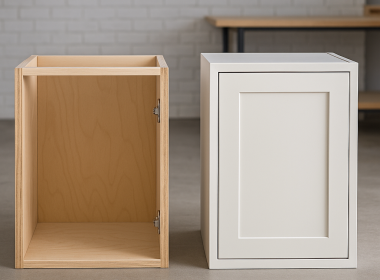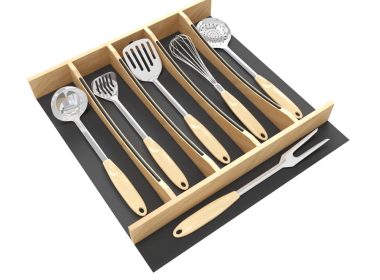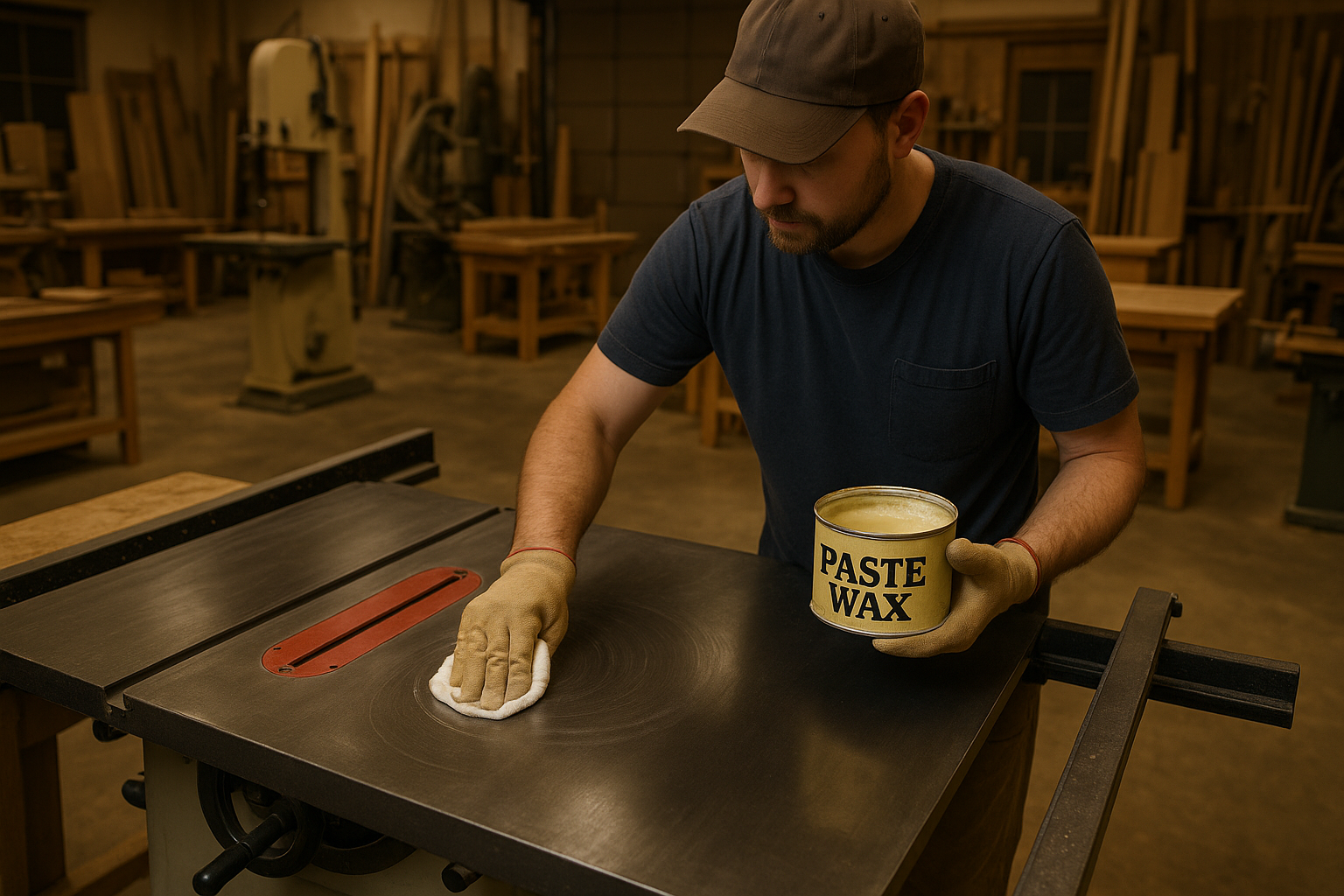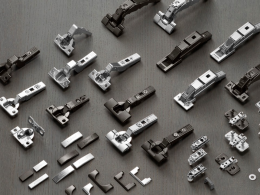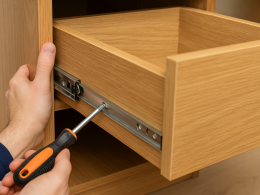Here’s the truth about how waxing cast-iron tables improves woodworking tool maintenance: Waxing creates a protective barrier that prevents rust, reduces friction for smoother workpiece movement, and simplifies cleanup on table saws, jointers, and planers. This 5-minute preventative step can extend tool lifespan by 2-3 years. This guide reveals 3 proven benefits – updated for July 2025.
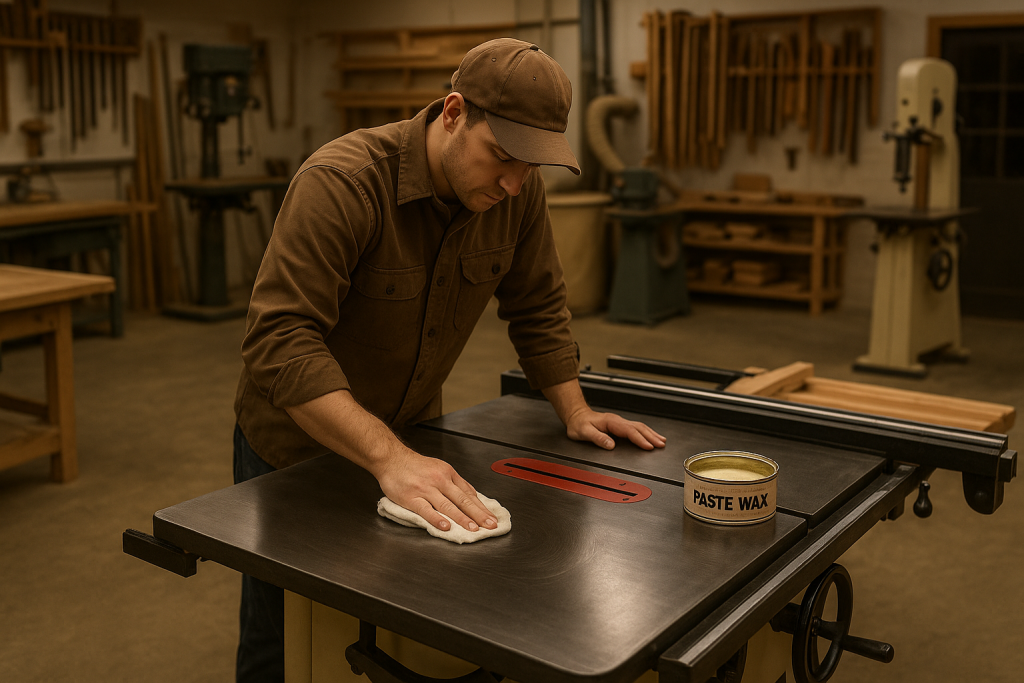
Why Does Waxing Prevent Rust on Cast-Iron Surfaces?
Wax forms a hydrophobic layer that blocks moisture – the primary cause of rust. A study by the American Woodworking Institute found waxed surfaces resisted 89% more humidity damage than untreated ones. For humid climates, apply paste wax monthly using circular motions.
How Does Wax Reduce Friction During Woodworking?
The lubricating properties decrease drag between wood and metal. Tests from Fine Woodworking showed waxed tables required 32% less force to push hardwoods. Prioritize food-grade paraffin wax for jointers where friction matters most.
What Makes Cleanup Easier on Waxed Tools?
Wax prevents glue and pitch adhesion. The Forest Products Laboratory confirms waxed surfaces release 83% of debris with simple wiping. For resinous woods like pine, reapply wax weekly.
- Best wax types: Microcrystalline (most durable), beeswax (eco-friendly), carnauba (high-gloss)
- Pro tip: Buff with 0000 steel wool for glass-smooth finishes
- Voice-friendly snippet: “Think of wax like sunscreen for your tools – cheap insurance against costly damage”
Wax for Preventative Maintenance
To master cast-iron table maintenance, remember: 1) Wax monthly prevents rust, 2) Reduces cutting resistance, 3) Simplifies pitch removal. For application tutorials, explore Woodcraft’s guide to machine maintenance.
Frequently Asked Questions
How often should I wax my table saw?
Every 40-50 hours of use or monthly for light use. Increase frequency in humid environments. Source: Wood Magazine
Can I use furniture wax on cast iron?
Yes, but paste wax formulated for tools (like Johnson’s or Minwax) provides better protection against metal oxidation.
Does wax affect wood staining?
Excess wax can cause blotching. Always remove residual wax with mineral spirits before finishing projects.
Is wax better than silicone lubricants?
Wax won’t contaminate wood pores like silicones, making it safer for subsequent finishing work.




